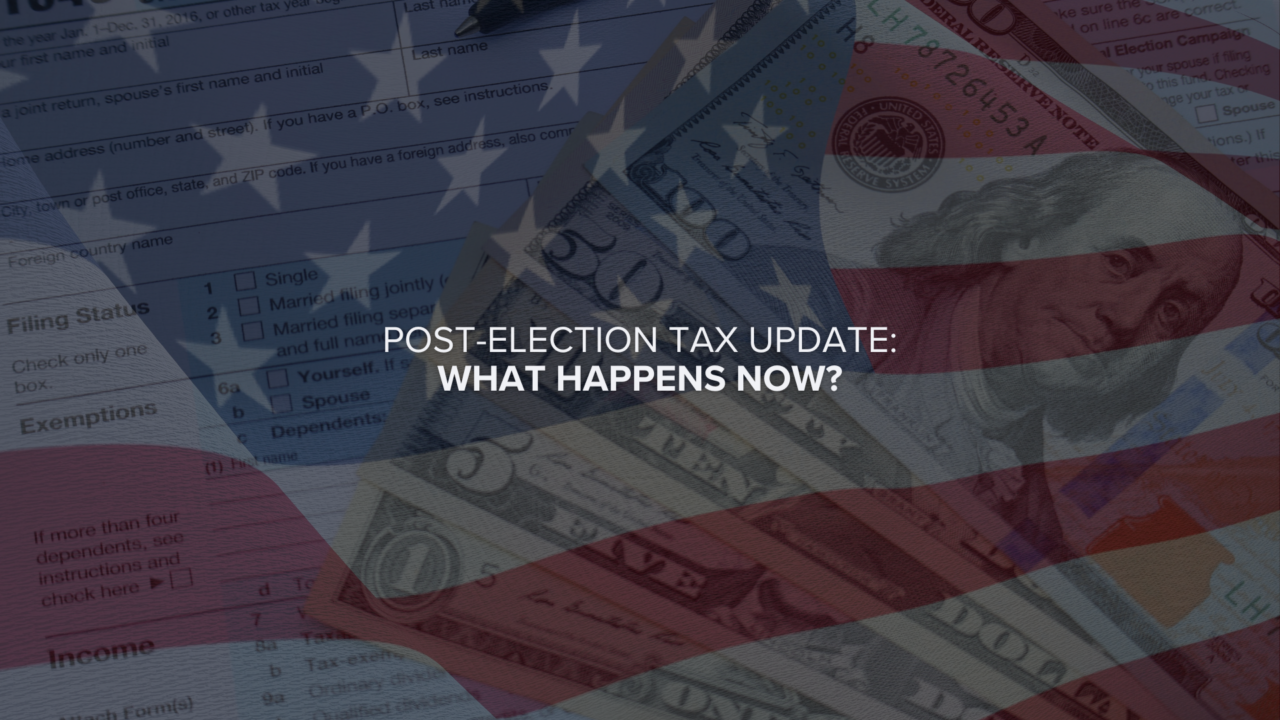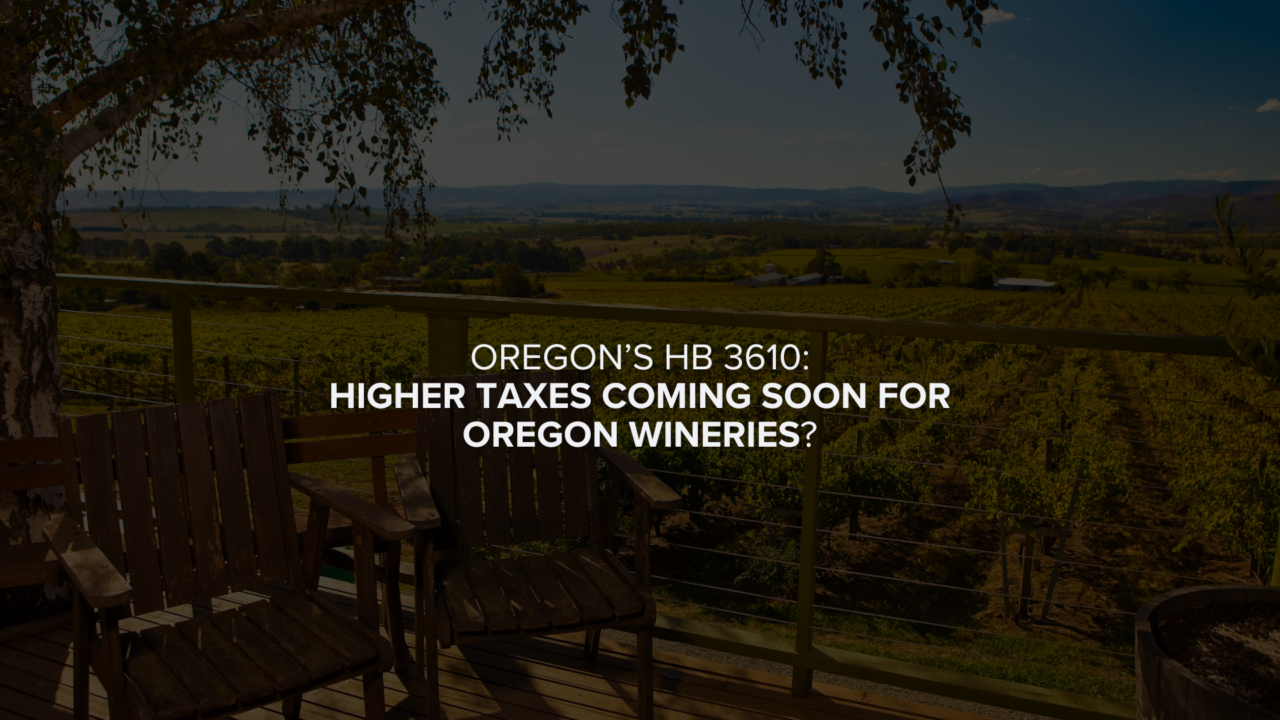Like it or not, taxes are a fact of life (or death, as some would say). They have been imposed on citizens by governments for centuries, and breweries and their beers have long been a favorite tap for government revenue.
Egypt was the first civilization on record to tax beer. As European societies learned to make beer, the taxman dutifully followed. In the French city of Aix-la-Chapelle, the city council of 1271 mandated cutting off the right hand of brewers who failed to pay their beer taxes; taverns that didn’t pay were torn down. Beer historian Gregg Smith writes that in Hamburg in the late 16th century, there were over 1500 brewers; by 1698, due principally to high taxes, only 120 remained.
In London in the 1690s, gin was cheaper than beer because of lower taxes, which led to the social problems of excessive gin consumption depicted so vividly in Hogarth’s prints. The British government responded to the protests of reformers by raising the taxes on spirits, and beer soon regained its popularity among the drinking public.
In 1764, the first customs duty on beer and wine was imposed by the British on the American colonies. Following American independence, however, no taxes were levied on beer—a wise choice, since public outrage concerning unfair taxes helped fuel the American Revolution. But the tax-free status of beer was changed by none other than Abraham Lincoln, who issued a $1 per barrel tax on beer on July 1, 1862 to help pay for the Civil War (he also started the federal income tax). By 1919, the beer barrel tax had increased to just $6, and was only $9 in 1990, before being doubled the following year (it was later reduced to $7 per barrel for brewers making 2 million barrels or less).
Throughout history, businessmen have sought to avoid taxes, by legal means or otherwise. Savvy brewers have also found ways to reduce or dodge taxes—ways that have often changed the beers they made, sometimes in dramatic fashion. In fact, many of the beers we enjoy today were shaped by taxes as much as by taste or technology.
Pale Ale: Hotter Fires, Higher Taxes
Pale ale or bitter is a beer that needs no introduction to most craft brew drinkers. Yet this style (or family of styles) developed not just as a result of technology, but also because of taxes on its ingredients. The fabrication of coke from coal in 18th century Britain allowed maltsters to develop a high-heat dried pale malt that had no off-flavors as were common from wood-fired kilns. Taxes on coal, however, made production of this malt more expensive than the brown malt used for porters and stouts. As a result, the lighter colored “pale” ale that was produced from it was more expensive to make, and thus higher in price.
Since the resulting beers were more consistent and probably more reliably free of smoky or phenolic off-odors as well, pale ales were ideally suited for the export market—especially in their stronger and hoppier version as India pale ale.
Cheaper porter became a workingman’s brew. Perhaps the increased hoppiness of pale ales was a direct result of higher taxes on their production as well, since they were usually bottled for export, and needed more hops as a preservative.
When the export market for British ales shrank due to the Napoleonic Wars and restrictions on trade from high Russian tariffs, coal taxes were dropped, and the home market for pale ales expanded, while their alcohol strength was gradually reduced.
The Stout Solution
Taxes—or the avoidance of them—also helped create Irish-style stout. In his book, Classic Stout and Porter, Roger Protz notes that Arthur Guinness II developed his famous recipe by using non-taxed unmalted roasted barley in the place of black malt in his porters to reduce their cost. The bitterness of the roasted barley set his brews apart from those of his competitors in England and Scotland. It was instrumental in making Guinness Foreign Extra Porter Stout, a stronger version that became popular in the colonies. Guinness Double Stout came to dominate the London market. Here again taxes were a factor. As Protz notes:
Guinness…priced Double Stout midway between those of London porter and Burton pale ale, which led to complaints from the English brewers about the tax-dodging activities of their Irish competitors.
Unfortunately for those London brewers, unmalted barley did not receive a tax exemption in England, which gave Guinness a real advantage in the British trade.
Happoshu—The Relentless Avoidance of Malt
Taxes on individual beer ingredients continue to engender new beer styles today. In Japan in recent years, the beverage category called happoshu has encompassed a wide range of drinks that have little in common except their lower tax status.
Happoshu generally refers to a new style of light beer that has been created to avoid taxes on malt. Made with as much as 75 percent corn or rice adjuncts, the resulting brew is just as strong as typical Japanese lagers, yet costs much less. While that fact alone has made happoshu attractive to consumers, many complain about its lack of flavor.
However, the happoshu category—and its tax advantages—also includes brews made with ingredients not approved for use in beer. This means that Japanese craft brewers who want to experiment with fruits, spices or different grains may enjoy a lower tax rate. That also motivates some brewers to add ingredients they wouldn’t otherwise—sweet potatoes or bitter melon, for example—purely to qualify for lower tarrifs. Either way, the result is new flavor combinations for the consumer, made possible by the tax structure.
Through a Glass Lightly
As taxation helped bring about the change in the color of Britain’s export beers, tax relief helped drinkers to see what they were drinking. In 1845, the high taxes imposed on the production of glass were removed in England, just as techniques for the mass production of bottles and glasses were being developed. Clearer, lighter beers became the rage—a trend that has continued to the present day, at one point nearly dooming porter and dark mild beers to extinction.
Gaining Strength in the Marketplace—By Losing It
Taxation was also responsible for the fall in gravity of many British beer styles. Taxes on all brewing materials were dropped in the UK beginning with Gladstone’s Free Mash Tun Act in 1880, which based the duty on beer solely on the brew’s original gravity.
The standard beer was assumed to have an OG of 1057, with higher taxes imposed above this level, and lower taxes beneath it. Between 1890 and 1900, the typical OG of British pale ale was over 1060; after both world wars, it had dropped below 1040. Meanwhile, brewers made more of what they had to work with. Attenuation of extract during fermentation (the degree to which the yeast converted the available sugar to alcohol) increased during this period, from 50-65 percent to over 70 percent, producing drier brews.
The Free Mash Tun Act also helped change the composition of British beers, since no tax was afterward imposed on ingredients. Cheaper adjuncts such as unmalted grain including rice and corn, as well as the increased use of sugar, became commonplace, and the malt flavors of many British beers declined as a result.
The British bitter and pale ales of today, as good as they are, remain tax-stripped ghost of beers past. Most of them are rather mild, fairly dry beers, many under 4% ABV, with a medium hop aroma at best. They are a far cry from the much maltier, more heavily hopped British ales of the 18th and 19th centuries.
This evolution has made these beers noticeably different from their American cousins, which typically have greater hop bitterness as well as higher alcohol levels, averaging about 5 percent ABV. Small wonder that British beer drinkers often complain about the strong brews made here (although perhaps they ought to direct some of that criticism toward the tax laws that produced weaker brews back home).
Strong beers still face the prospect of higher taxes. In France, a new tax that was proposed to take effect on January 1 of this year would have raised the tax on beers over 8.5 percent ABV to 2 Euros per liter to combat the supposed health risks associated with stronger beers. According to A. Gillet, president of ATPUB (AssociaTion Pour l’Union des Biérophiles), this tax would have increased the supermarket price of these beers by over 30 percent. Ironically, the tax on alcoholic beverages over 25% ABV is significantly less—only 1.28 Euros per liter. “For the French government,” Gillet said,” a Chimay is more dangerous for your health than a tequila or a vodka.”
Belgian brewers saw this new tax as an attempt to undercut their considerable market in France, since far more Belgian than French beers would be affected by it. In response to Belgium’s complaint to the EEU about the tax, the French government finally abandoned the proposal.
Taxes, Beer and War
War has always been used as an excuse to raise taxes. The first U.S. beer tax, as mentioned, was imposed by Lincoln during the Civil War. Federal excise tax on beer has been with us ever since. It was increased again dramatically during the Korean War to pay for the cost of that conflict.
Wartime taxes on beer have also been an important source of government revenue in the U.K, where the tax on beer during World War II increased six times over its prewar levy. In April 1942, the Brewer’s Journal complained that “The tremendous heights to which taxation of alcohol beverages has now risen places these creature comforts beyond the reach of sections of our people.” (“Brewing for Victory,” p.38). Still, demand for beer did not diminish during the war, while production was seriously cut.
The Taxing Situation at Present
In the 21st century, taxes continue to play a huge role in the world of beer—even in the definition of beer itself. Thanks to their classification as “malt beverages,” so-called malternatives or RTDs (for ready-to-drink concoctions) have benefited from a lower tax rate than wine, and far lower than the spirits the companies that produce them pretend to add to the products.
In fact, these beverages may contain as little as 0.5% of the malt base that gives them their tax benefits: the remaining 99.5% is water and flavorings. However, the flavorings are also the source of the majority of the alcohol in the final drink, a fact that has the ATF looking hard at the whole tax-driven category.
Meanwhile, Standard & Poor’s DRI study released in January 2001 revealed that 44 percent of the cost of beer today is taxes alone (compared, for example, to 33 percent for bakery products). On a single $1 bottle of beer, 4% is levied on supplies, 16% on brewing, 8% on shipping and wholesaling, and 16% on retailing. The cost of production itself is 10% for supplies, 15% for brewing, 9% for shipping/wholesaling, and 22% for retailing, for a grand total of 56 percent of the final cost.
New Taxes, Old “Sin”
The national recession in the United States following the 2001 terrorist attacks has resulted in massive budget deficits in many states, and a new wave of “sin taxes” have been proposed on beer to balance the accounts. In Washington state, HB 1255, introduced in the state legislature on January 22, would increase the state’s excise tax on small brewers from $8.08 per barrel to $31.74—a hike of nearly 400 percent.
According to Washington Brewers Guild (WBG) president George Hancock, the bill could cause many craft brewers to go out of business, and raise the price of beer to consumers by over a dollar per pint. “This is no way to make public policy and an insult to those who are attempting to run businesses in the midst of the worst recession in recent history,” Hancock said. According to Hancock, small brewers create about 10 percent of the overall beer business in Washington, generate 20,000 jobs and a payroll of $364 million, pay $29 million in state taxes and $108 million in sales and other taxes.
As of this writing, the lobbying efforts of craft brewers in the state against the new tax appear to have paid off, since one of the bill’s sponsors has now suggested an exemption for small brewers. But the WBG also opposes raising the tax on large breweries, since its impact on the state’s overall beer business could be considerable.
Yet no matter what the rationale, a substantial new tax on beer or any attempt to tax beer on the same scale as spirits would likely affect what consumers see on the shelves in the future. An increase of seventy-five cents per pint or a dollar per six pack won’t keep consumers from buying beer. However, it will put an undue tax burden on the smallest brewers—those who are primarily responsible for most of the creativity in brewing in the past 25 years.
No Easier to Swallow
In the beer business, taxes, like marketing, are part of the brewing process. Beer taxes have supported the infrastructure of government almost as long as governments have existed. As we have seen, they have caused the alteration and even the virtual extinction of beer styles as well as the creation of new ones. Still, no matter how much taxes have had to do with the beer we drink, they never seem to go down easily.




